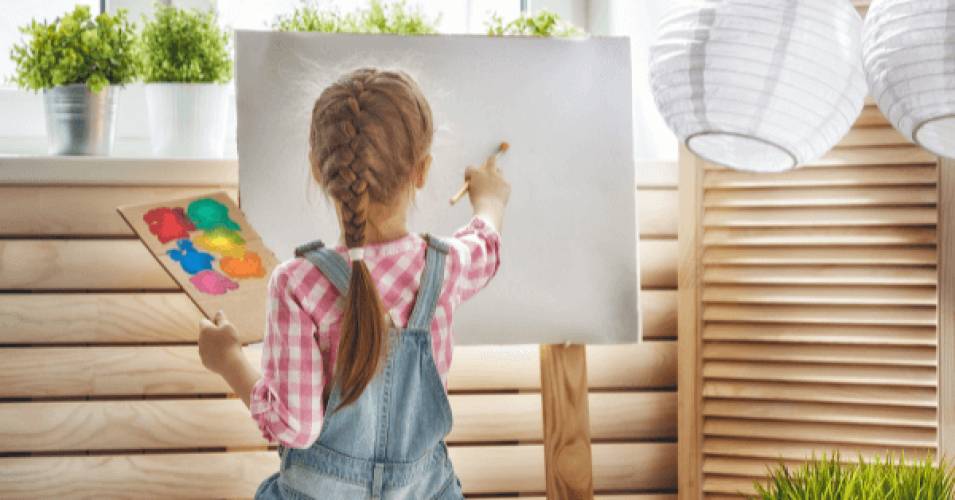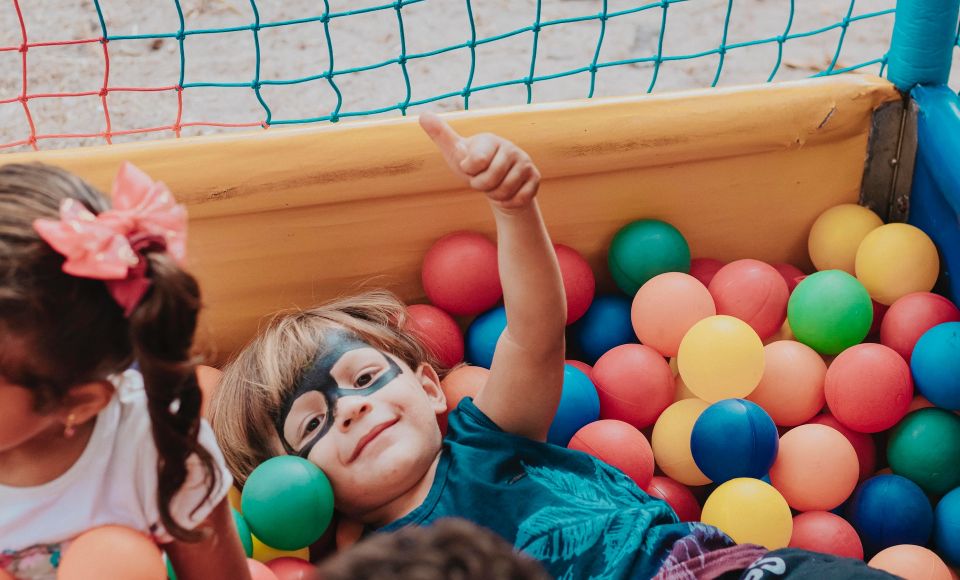
The Reggio Emilia Approach
Reggio Emilia education is an educational philosophy which focuses on preschool and primary education. It is a student-centred approach and uses self-directed, experiential learning. The Reggio Emilia approach is based on the principles of respect, responsibility, and community and these are learned through play, discovery, and exploration.
About Reggio Emilia Education
Having started in the villages around Reggio Emilia, this educational program is a vital part of the community in the area and has a high level of financial support.
The approach is a real-life example of ‘it takes a village to raise a child’ as it believes that the parents and wider community have a collective responsibility for children. It sees children, parents, and the community as all being essential components of the child’s learning process.
Where Reggio Emilia Comes From
This educational approach was developed in 1945 after World War II had finally ended by a psychologist and pedagogist named Loris Malaguzzi, alongside parents in the villages around Reggio Emilia in Italy, hence the name. The approach was influenced by the ideas and theories of many people including Montessori.
They believed that children would benefit from a new way of learning. This was the first-time people in Italy had established a non-religious school with children and was a break from the popular Catholic church educational system.

The Reggio Emilia Philosophy
The core of this philosophy assumes that children are able to form their own personality during their early years of development and are able to express these ideas through the mediums of art and drama, among others. The aim is to teach their students how to use these mediums in their everyday lives. The natural development of children plus the close relationships they share are at the centre of this philosophy.
There are a few principles upon which the philosophy is based.
· Children must have some control over their learning direction and are capable to construct their own learning
· They must be able to learn through experiences including observation, listening, moving, and touching – they learn through interaction with their community.
· They must have a relationship with other children and material items that they are allowed to explore
· There must be endless opportunities and ways for the children to express themselves – they should be encouraged to express themselves in whatever way they can.

How To Utilise The Reggio Emilia Approach At Home
If you are looking for ways to implement the Reggio Emilia approach at home, there are a few ways that you can do this.
Observe the activities that your child engages with without any prompting on your behalf. Also consider what new materials could be offered that correspond with these interests and watch as their fine motor skills develop. Give them plenty of opportunities to try out new activities and observe which ones they show most interest in.
Reggio Emilia teaches respect, responsibility, and community so it is also important to help your child with their social and emotional development. Encourage discussion and taking turns with materials and allow your children space if they need it.
Exploration is also an important part of the Reggio Emilia approach. Designate a room where nothing is out of bounds so they can explore and engage with their environment in a safe manner. Also spend time with them outside in nature too. Allowing them to try new things is so important. These are all great ways to implement this educational approach at home.
